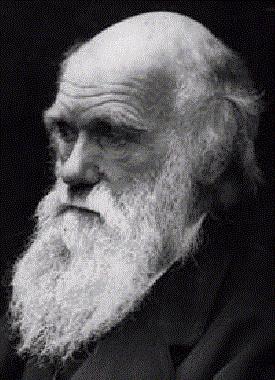Classification of Emotions: General Characteristics of Major Groups
Emotions seem to us a kind of colorsensations, which characterizes our attitude to this or that quality of the subject, in other words, it is the sensory tone of sensations. Psychology defines emotions as mental processes that occur in the form of experiences and reflect the personal assessment and significance of internal and external situations for human life. Therefore, the main characteristic of emotions is their subjectivity.
Classification of emotions includes emotions, moods and affect, feelings, emotional stress. All emotional states are reflected in a person's behavioral response.
Types of emotions and their general characteristics
The most powerful type of emotional reaction isaffect. Affects are intense, stormy and brief emotional outbursts, for example, anger, great sorrow, rage, despair, horror. A characteristic feature of this species is the complete capture of the human psyche and induces a person to some action, that is, a physical reaction to the stimulus. In the affective state, all mental processes change. Logical thinking, attention and rationality are inferior to impulsive behavior.
The next group is the classification of emotionsactually emotions. Unlike affects, they have a long duration, in addition, they can be connected, that is, it is a reaction not only to a momentary stimulus, but also to possible or recalled ones.
Emotions can be expressed not only positively or negatively. Human beings are characterized by such states as tension, relief, excitement, calmness.
Taking into account the influence of emotions onhuman activity, the classification of emotions identifies stenic, stimulating human activity, increasing the energy and strength of the subject, and asthenic, causing a passive state, emotional reactions.
The main or basic emotions are:
- joy, that is, a positive state caused by satisfaction.
- shame is an emotional state based on a conscious discrepancy of one's thoughts and actions not only with good-order rules, but with one's own convictions.
- suffering is a condition caused by the inability to satisfy one's needs.
- Fear is a negative feeling associated with the realization of a possible or real danger.
- Anger is a negative state that occurs when there is a sudden obstacle in the attainment of goals.
- contempt - a negative emotional state associated with a mismatch of the principles or thoughts of the two actors.
- disgust - the state of the human psyche with a minus sign, caused by various objects, the interaction with which sharply contradicts the morality of the subject.
The main properties of emotions imply their orientation character, as well as a close relationship with biological processes.
The next species group is feelings. In contrast to emotions, feelings are more specific and objective, and also related to the social life of the subject. In addition, feelings are longer emotional reactions.
Feelings are moral or moral(take place when comparing reality and the norms of society), moral and political (the attitude of a person to the state and its organs), intellectual (arise in the process of the cognitive activity of the subject), aesthetic (man's relation to the beautiful).
The next separate group is the classificationemotional reactions emits moods - the longest emotional state that characterizes the behavior of a person as a whole. The mood is associated with physical health and self-esteem of the individual, is an unconscious assessment of reality, characterized by a different duration, which depends on a number of factors, both external and internal.
Mood affects the effectiveness of human activities.
The presented classification of emotions oremotional states of a person is generalized. Attempts made by scientists, including W. Wundt, in highlighting common signs for all emotions have shown that the entire sense system is similar to the three dimensions, each of which has two polar mutually exclusive directions.
</ p>



